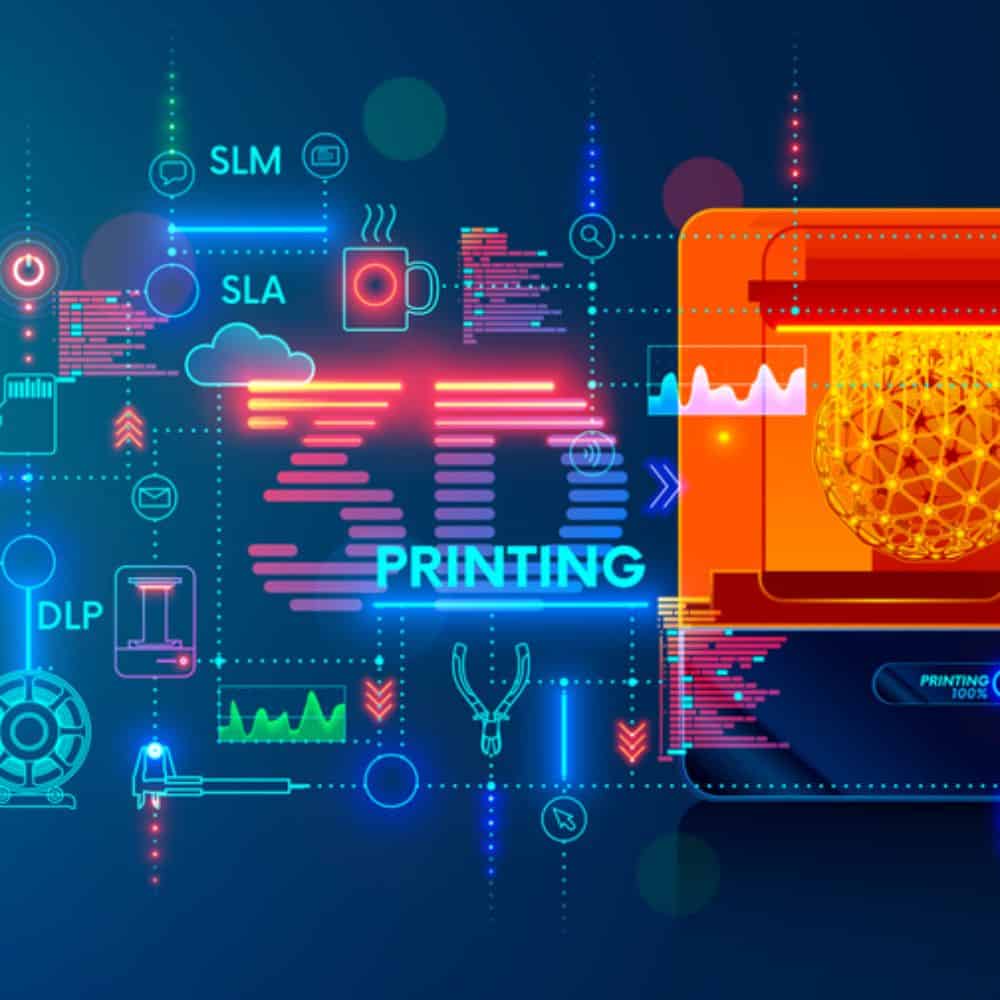
3D Printing in Healthcare: Transforming Patient Care
renew_57
October 26, 2023
3D Printing in Healthcare: Transforming Patient Care

Introduction
The field of healthcare is witnessing a groundbreaking revolution with the integration of 3D printing technology. This innovative approach is transforming patient care by offering new solutions for personalized treatment, improved surgical procedures, and the creation of custom medical devices. We’ll look at the amazing effects of 3D printing in healthcare in this blog.
Enhancing Personalized Medicine
The potential of 3D printing to improve customized treatment is among its most important contributions to the medical field. Each patient is unique, and their medical needs often require customized solutions. 3D printing enables healthcare providers to create patient-specific implants, prosthetics, and orthopedic devices. Whether it’s a tailored knee implant or a precisely fitted dental crown, 3D printing ensures a perfect match for the patient, leading to better treatment outcomes.
Revolutionizing Surgical Planning
The way surgeries are planned and performed has been completely transformed by 3D printing. Surgeons can now create patient-specific 3D models of anatomical structures from medical imaging data, allowing them to visualize complex procedures beforehand. This leads to increased surgical precision, reduced operating time, and minimized risks during surgery. Whether it’s planning a delicate brain surgery or a complex orthopedic procedure, 3D printing enhances surgical success rates.
Custom Prosthetics and Orthotics
3D printing technology has brought about a revolution in the field of prosthetics and orthotics. Patients in need of artificial limbs or orthopedic braces can benefit from customized, 3D-printed solutions. These devices are not only cost-effective but also comfortable and perfectly tailored to the individual’s anatomy. Patients experience improved mobility and a higher quality of life, thanks to 3D-printed prosthetics and orthotics.
Medical Device Innovation
The healthcare industry heavily relies on intricate and specialized medical devices. 3D printing has accelerated the development and customization of these devices. From surgical instruments to patient-specific medical instruments, 3D printing enables the rapid production of prototypes and the creation of devices that match patients’ unique requirements.
Bioprinting and Tissue Engineering
The most futuristic application of 3D printing in healthcare is bioprinting. Scientists are exploring the possibility of printing human tissues and organs. While this technology is still in its experimental stages, the potential to create functional replacement organs could revolutionize organ transplantation, eliminating long waiting lists and compatibility issues.
Conclusion
3D printing is a game-changer in healthcare, offering personalized solutions, improving surgical procedures, and driving innovation in medical devices and bioprinting. As technology continues to advance, the impact of 3D printing on patient care is only set to grow, bringing hope for more efficient, effective, and personalized healthcare solutions. Embrace the future of healthcare with 3D printing.
Recent News



Try Our Services
- RENEW NOW SOLUTIONS INDIA PRIVATE LIMITED 232A, P.P. Poombozhil Nagar, T.M. Voil, Avadi, Chennai, Tamil Nadu, India – 600062
- +91 915 977 9000 / +91 915 967 9000
- renew@renewnowsolutions.com
